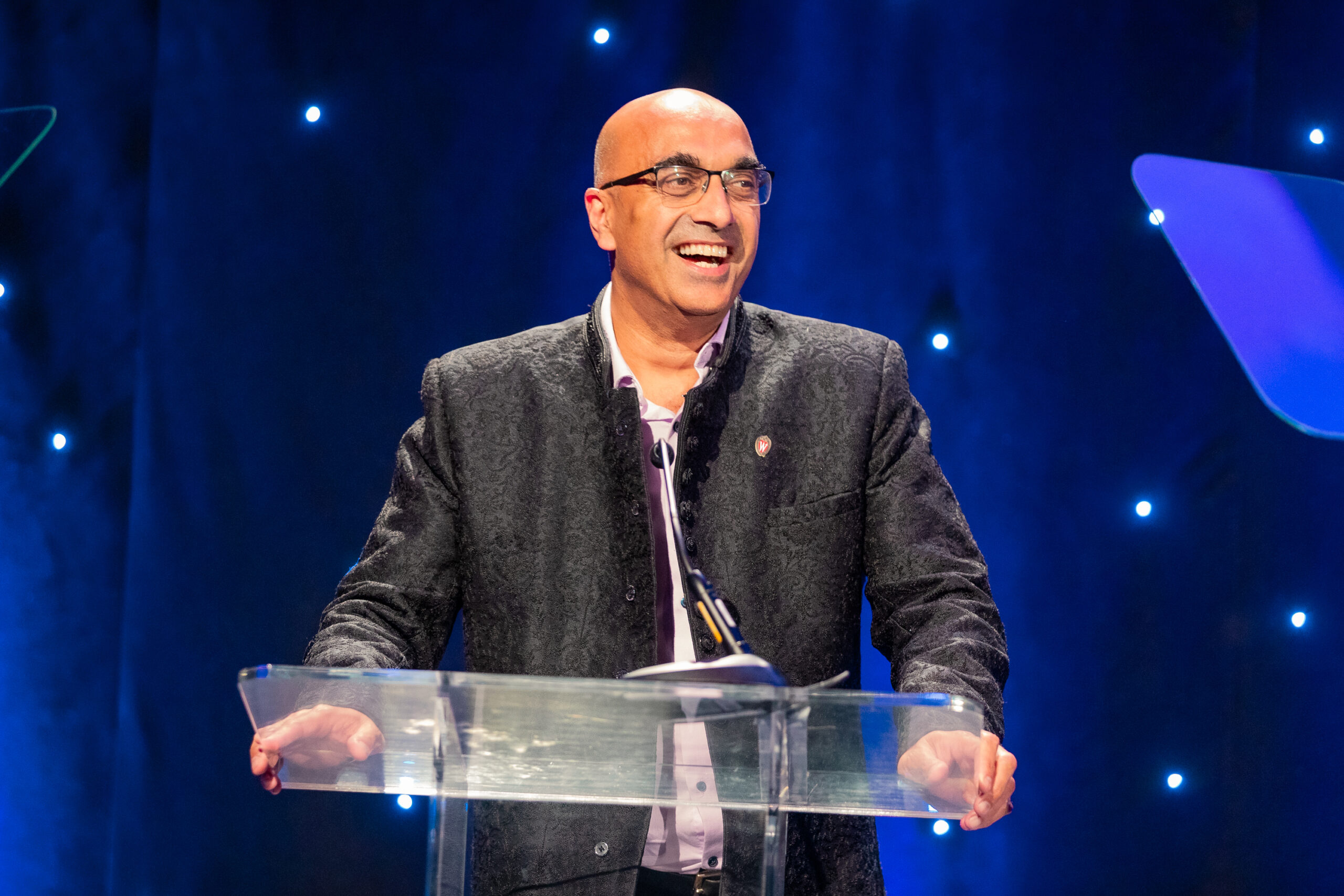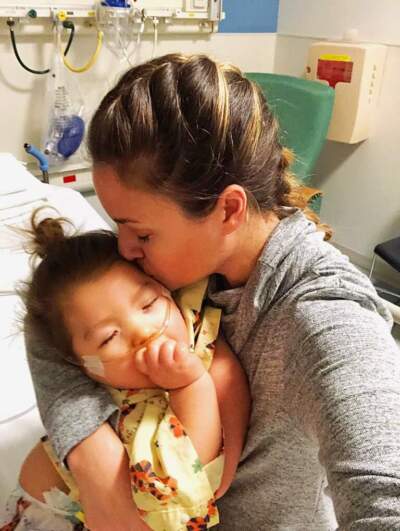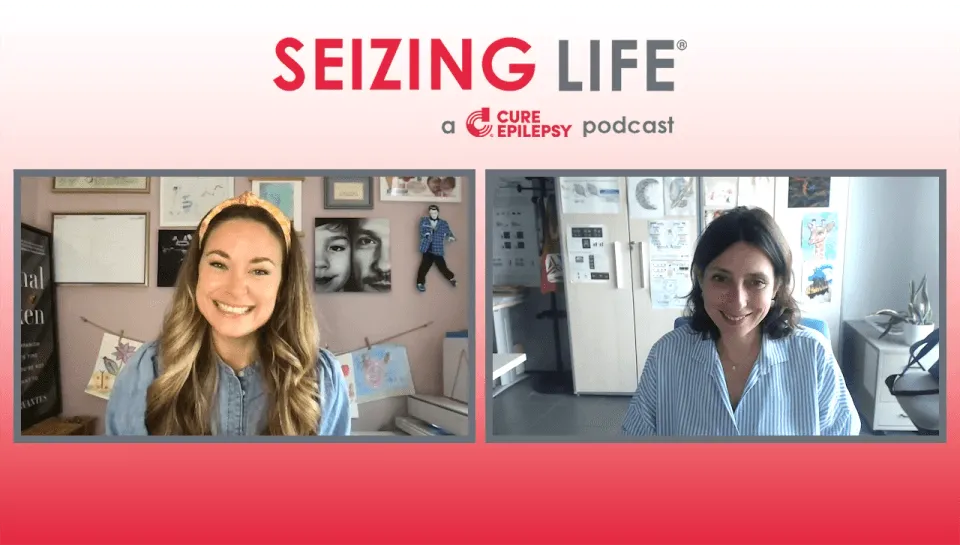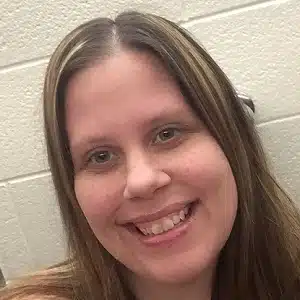For Epilepsy Awareness Month 2025, join CURE Epilepsy in celebrating the real world impact epilepsy research has already had on people’s lives. With the looming threat to the health of the American research landscape, awareness about the powerful, life-altering effects of research is key to driving action.
Protecting Scientific Progress
In the 27 years since our founding, epilepsy research has expanded our understanding of this condition while accelerating rapidly toward cures. But over the past year, we have seen that progress threatened by dramatic funding cuts and general upheaval at the National Institutes of Health (NIH).
We are the first generation of epilepsy scientists to use the word "cure" without flinching. We are no longer just studying what’s broken—we’re fixing it. Editing genes. Rewiring networks. Repairing brains. This is the moonshot moment. But only if we don’t take our foot off the gas.
CURE Epilepsy Grantee

The NIH is the largest funder of epilepsy research worldwide. Organizations like CURE Epilepsy provide funding that often acts as seed money, helping investigators test bold ideas and gather the data they need to get larger government grants.
Right now, then NIH and the progress it has furthered are in jeopardy. Grants have been stalled and the budget may be cut in half in 2026.
This Epilepsy Awareness Month, join us shining a light on how breakthroughs in understanding and treating epilepsy has the power to profoundly change lives.
Learn more about the NIH and advocating for epilepsy research here.
Investment in Research Pays Off
In a recent op-ed by CURE Epilepsy Board Member Kelly Cervantes explores how people’s lives are profoundly changed by scientific advancement. In 2025, she was diagnosed with breast cancer. Her doctors instantly knew everything they needed to about the cancer – including how to treat it. This experience is vastly different than when her daughter, Adelaide, was diagnosed with epilepsy.
Why did the doctors know how to tackle Kelly’s breast cancer? The NIH has consistently made sizeable investments into breast cancer research and millions of people worked to raise awareness and fundraise. Mortality in breast cancer had dropped by 44% since 1989 because of deep investment.
This is the power of awareness and research.
I couldn’t help but wonder how my daughter’s diagnostic and treatment journey would have been different if epilepsy had received the same financial investment and been researched with the same ferocity that breast cancer has. I want to be clear that my point is not to say that less money should be spent on this disease or that more should be spent on another, but to illustrate the real impact that research dollars can make on progress — and on people’s lives.
Board Member
Read Op-Ed
Epilepsy Research Has Already Changed Lives
In the late 1990s, Laura’s doctor made a life-altering suggestion: to enroll in an NIH clinical trial for the up-and-coming tech, the fMRI. Watch this short video to learn what happened next.

After seeing several pediatric neurologists at Children’s National Medical Center and trying different medications, I found a neurologist that was willing to try something completely new/different: conduct various tests to determine the source of the seizures. Once the studies were complete it was determined that my seizures were located in my right hippocampus. From there, I underwent a few more studies (one of them being funded and conducted by NIH), to determine if my brain would still function normally if the right hippocampus was removed. In the fall of 2003 (when I was 16), I had brain surgery to remove the source of the seizures. Now, at the age of almost 38, I have been seizure-free for almost 22 years and cannot imagine what my life would be like without the life-altering surgery.
More
By chance, early in 2003, I learned that NIH was conducting a study for “people like me.” After a year of tests and analysis, I was given the opportunity to undergo surgery. The trick was to remove portions of my brain—part of the left front temporal lobe—without having adverse effects on my memory, reasoning ability, and motor and verbal skills. Surgery was a success. Taking a fraction of the medication I lived on before the operation, my seizures are controlled. My personal and professional life is my own.
More
We went to visit, and after one night of observations, the staff there informed me that ‘we can help her.’ They enrolled Virginia in a new research study that combined another diagnostic surgery with advanced brain imaging techniques. Through this combination, the team was able to do what no other doctors could do before: pinpoint exactly where the seizures were coming from. With that information, they could do a minimally invasive laser ablation. She was discharged from the hospital after surgery and hasn’t had another seizure.
Virginia's Mom MoreGive to Fuel Epilepsy Research
3.4M
Americans live with epilepsy
1/3
of people living with epilepsy are not controlled by medication








